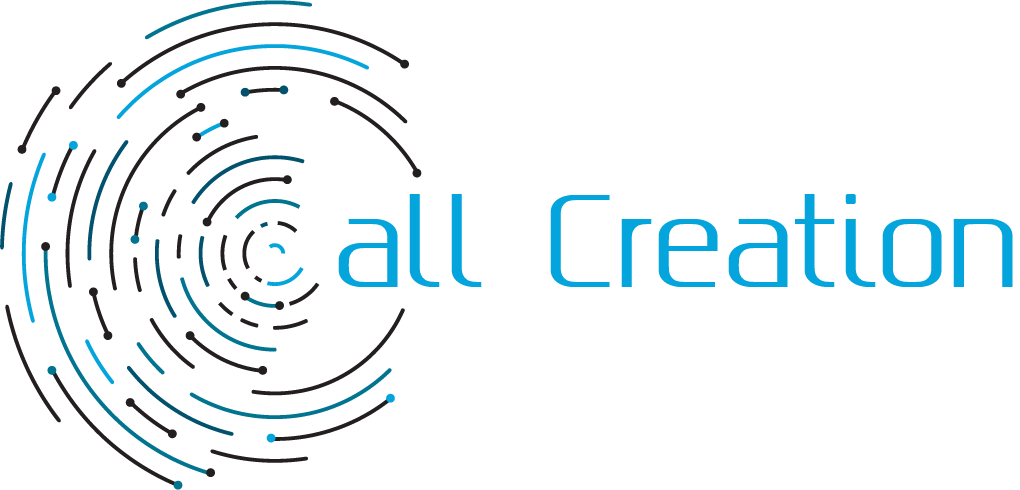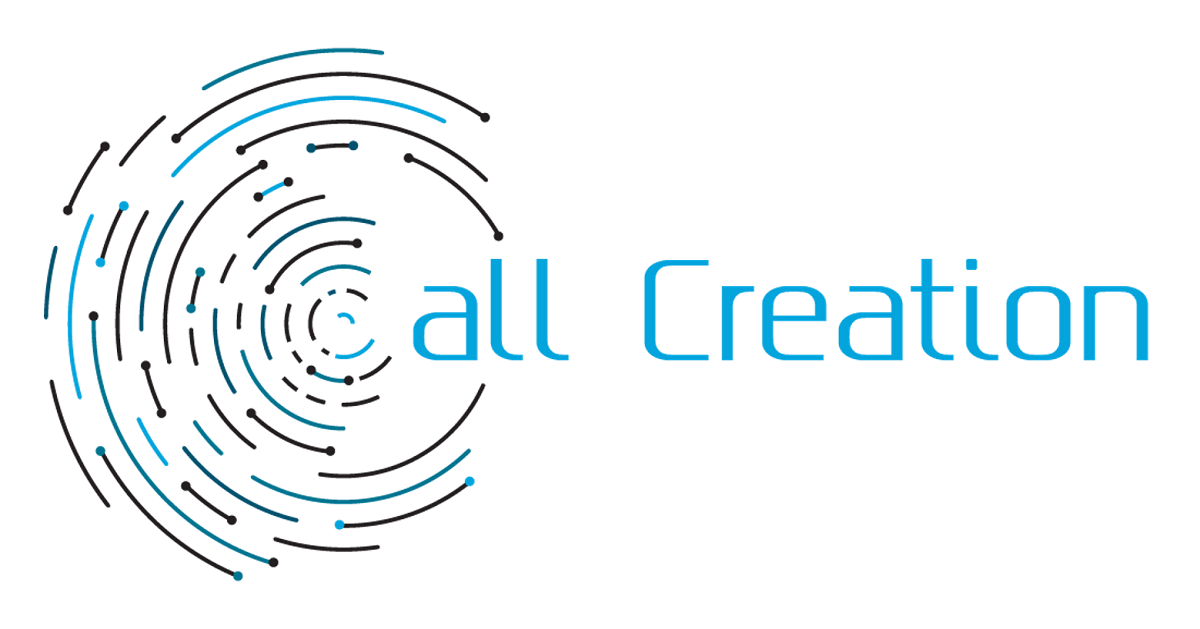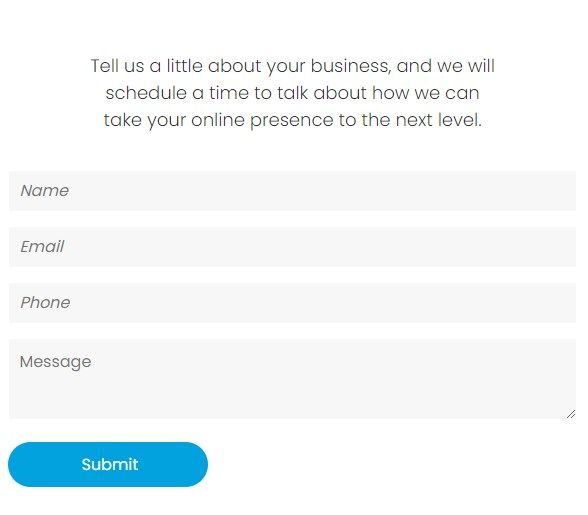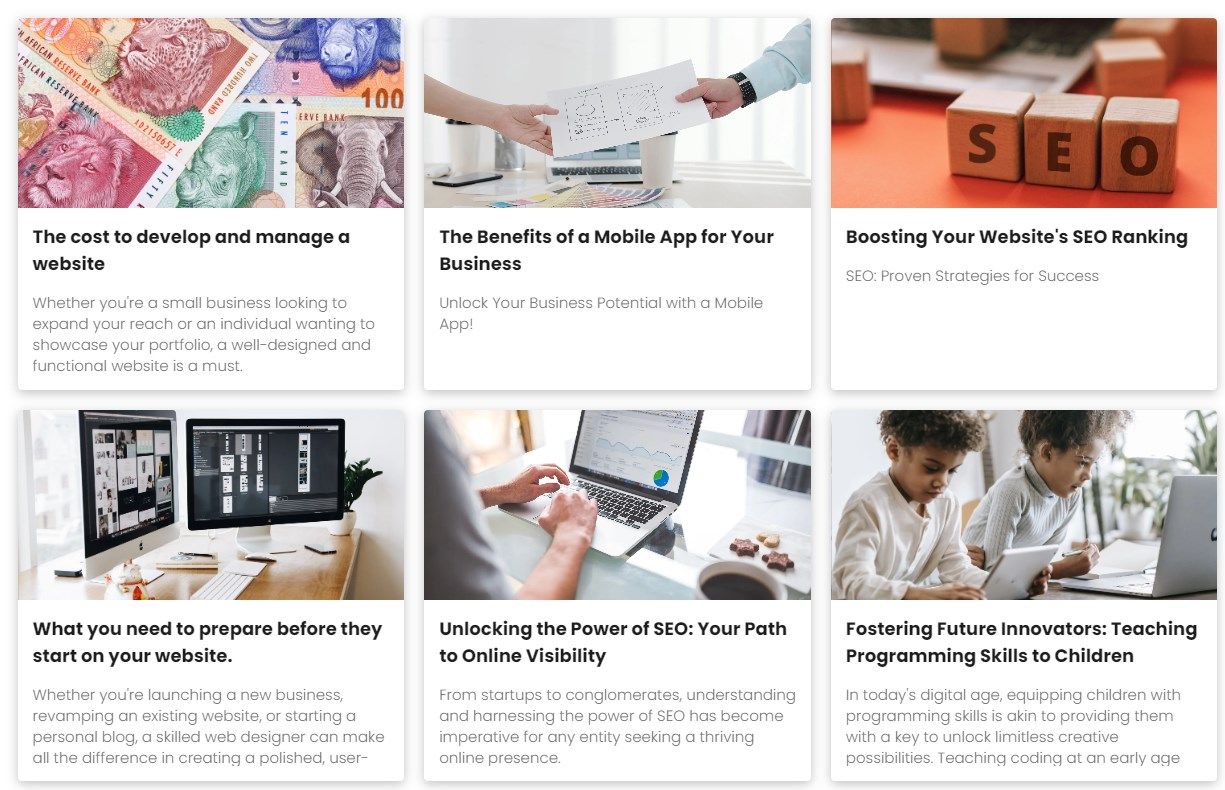10 Affordable Website Features Every Small Business Needs
Creating a website that is both affordable and effective can feel like juggling a million tasks at once. But fear not! We’ve compiled a list of ten affordable website features every small to medium-sized business needs. These features will help you create a site that’s not only budget-friendly but also a powerhouse for your business. Let’s dive in!
1. Responsive Design: Look Good Everywhere
In today’s mobile-driven world, a responsive design is a must. Imagine this: a potential customer visits your site on their smartphone, and everything looks squished, hard to read, and impossible to navigate. That’s a nightmare, right? With responsive design, your website will automatically adjust to fit any screen size, whether it’s a tiny smartphone or a giant desktop monitor. It’s like having a one-size-fits-all outfit that looks fabulous on everyone!
Responsive design is not just about aesthetics; it’s about accessibility and user experience. When your website is easy to use on any device, visitors are more likely to stay longer, explore your offerings, and, most importantly, make a purchase. The best part? You don’t need a huge budget to implement responsive design. Many affordable website builders and templates come with responsive features built-in, making it easy to look good everywhere without breaking the bank.
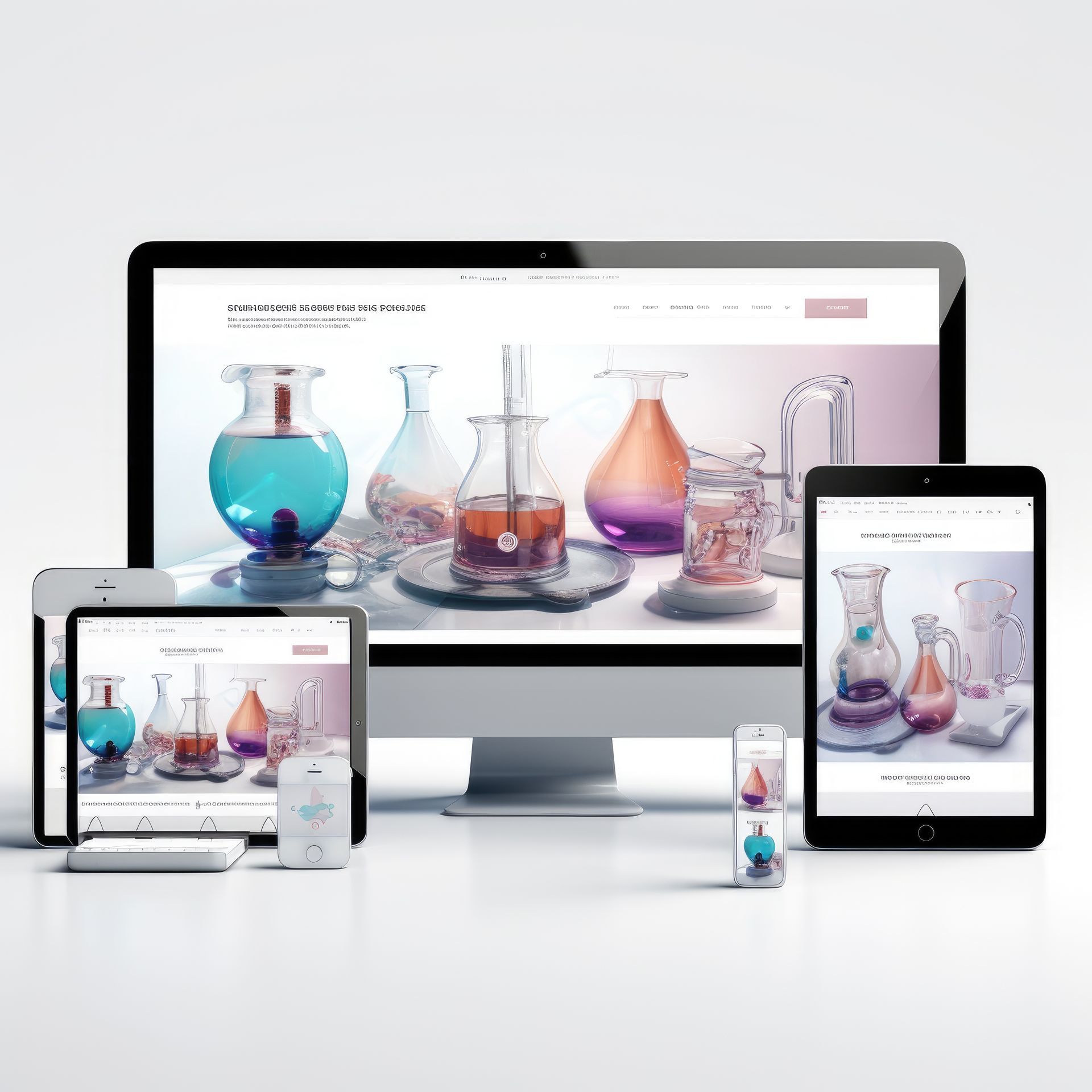
2. SEO-Friendly Structure: Get Found Online
Search Engine Optimization (SEO) might sound like a buzzword, but it’s crucial for getting your website noticed. An SEO-friendly structure is like the foundation of a house—it supports everything else and ensures your site is easy to find online. When your website is optimized for search engines, it ranks higher in search results, making it easier for potential customers to find you.
The good news is that creating an SEO-friendly structure doesn’t have to be complicated or expensive. Start with clear, descriptive URLs, use relevant keywords in your content, and make sure your site loads quickly. Don’t forget to include meta tags and alt text for images, as these small details can make a big difference in how search engines perceive your site. By focusing on SEO from the start, you’ll attract more organic traffic without needing to spend a fortune on ads.

3. User-Friendly Navigation: Keep It Simple
Have you ever visited a website and felt like you were on a wild goose chase just trying to find the contact page? That’s what happens when a site has poor navigation. For small businesses, having a user-friendly navigation system is crucial. You want visitors to find what they’re looking for quickly and easily, without getting lost in a maze of links and dropdowns.
A clean, simple navigation menu with clear labels is key. Stick to the basics—Home, About, Services, Contact, and maybe a Blog. If you have more content, consider using dropdowns or a mega menu, but keep it organized. The easier it is for users to find what they need, the more likely they are to stay on your site, explore your offerings, and become customers. And the best part? Simple navigation doesn’t require a complex or expensive design, making it a win-win for your budget and your visitors.
4. Fast Loading Speed: Don’t Keep Them Waiting
In our fast-paced world, nobody likes waiting—especially not for a website to load. Slow loading times can be a deal-breaker for potential customers. In fact, studies show that if a site takes more than three seconds to load, visitors are likely to click away and never return. That’s why fast loading speed is essential for any SMB website.
There are plenty of affordable ways to speed up your site. Start by optimizing your images and using compression tools to reduce file sizes. Make sure you’re using a reliable hosting service, as this can have a big impact on your site’s performance. Minimize the use of heavy scripts and plugins, as these can slow things down. By focusing on speed, you’ll keep your visitors happy and improve your chances of converting them into customers.

5. Security Features: Protect Your Business and Customers
In today’s digital age, security is more important than ever. Small businesses are often targets for cyberattacks because they’re seen as easy prey. But with the right security features, you can protect both your business and your customers from online threats. The good news is that securing your site doesn’t have to be expensive.
Start with an SSL certificate, which encrypts data and provides a secure connection between your website and its visitors. This not only protects sensitive information but also boosts your SEO, as search engines like Google prioritize secure sites. Regularly update your software and plugins to patch any vulnerabilities, and consider using a firewall to block malicious traffic. By investing in affordable security measures, you’ll build trust with your customers and protect your business from costly breaches.

6. Call-to-Action Buttons: Guide Your Visitors
A well-placed call-to-action (CTA) button can be the difference between a visitor and a customer. CTAs guide your visitors toward taking specific actions, like signing up for a newsletter, downloading a free guide, or making a purchase. For SMBs, effective CTAs are a must-have feature for driving conversions.
Creating compelling CTAs doesn’t have to be complicated. Use clear, action-oriented language like “Get Started,” “Sign Up Now,” or “Shop Now.” Make sure your buttons stand out with contrasting colors and place them where visitors can easily see them—above the fold, at the end of blog posts, and on key pages like your homepage and product pages. With the right CTAs, you’ll guide your visitors toward becoming customers, all without needing a fancy or expensive design.

7. Contact Forms: Make It Easy to Connect
If you want to turn website visitors into customers, you need to make it easy for them to get in touch with you. That’s where contact forms come in. A simple, easy-to-use contact form allows potential customers to reach out with questions, requests for quotes, or feedback. It’s an essential feature for any SMB website.
When designing your contact form, keep it short and sweet. Ask for the necessary information—name, email, and a message—but don’t overwhelm visitors with too many fields. Include a clear submit button and consider adding a confirmation message or email to let users know their inquiry has been received. And remember, a well-designed contact form doesn’t have to be expensive. Many website builders offer customizable forms that are both functional and affordable.
8. Social Media Integration: Expand Your Reach
Social media is a powerful tool for small businesses, and integrating it into your website can help you expand your reach and engage with your audience. By adding social media buttons or feeds to your site, you make it easy for visitors to connect with you on platforms like Facebook, Instagram, Twitter, and LinkedIn.
There are plenty of affordable ways to integrate social media into your website. Many website builders offer built-in social media widgets that you can easily add to your pages. You can also link directly to your social media profiles in your navigation menu or footer. By making it easy for visitors to follow you on social media, you’ll build a stronger online presence and keep your audience engaged across multiple channels.

9. Blog Section: Share Your Expertise
Content is king, and having a blog on your website is a great way to share your expertise, attract visitors, and improve your SEO. A well-maintained blog can help you establish your brand as an authority in your industry, provide valuable information to your audience, and drive traffic to your site.
Starting a blog doesn’t have to be expensive. Most website builders include blogging features as part of their packages, making it easy to create and manage your content. Focus on topics that are relevant to your audience, and aim to provide helpful, informative, and engaging content. By regularly updating your blog, you’ll keep visitors coming back for more and improve your chances of ranking higher in search engine results.
10. E-commerce Functionality: Sell Online
If you’re in the business of selling products or services, having e-commerce functionality on your website is a must. An online store allows you to reach customers 24/7, no matter where they are. And with the right tools, setting up an online store doesn’t have to be expensive or complicated.
Many website builders offer affordable e-commerce options that include everything you need to start selling online, from product pages and shopping carts to secure payment processing. Focus on creating a simple, user-friendly shopping experience that makes it easy for customers to find and purchase your products. By offering e-commerce on your site, you’ll open up new revenue streams and grow your business without needing to invest in a brick-and-mortar store.

Conclusion
Building an effective, affordable website for your small business doesn’t have to be a daunting task. By focusing on these ten essential features—responsive design, SEO-friendly structure, user-friendly navigation, fast loading speed, security features, call-to-action buttons, contact forms, social media integration, a blog section, and e-commerce functionality—you’ll create a site that not only looks great but also drives results.


Let's make awesome things, together.
